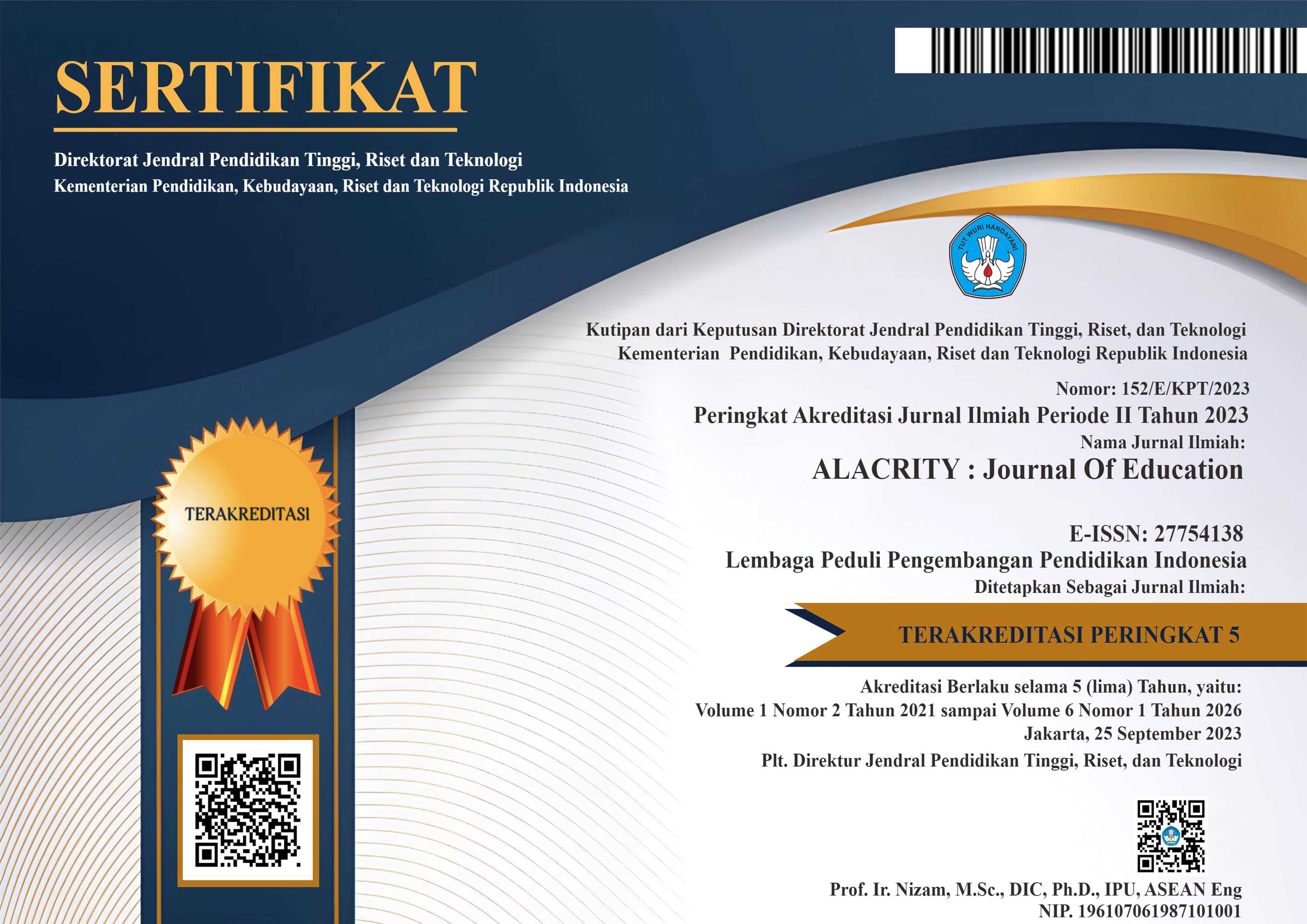Penerapan Gamifikasi untuk Meningkatkan Motivasi dan Kolaborasi pada Siswa Sekolah Dasar
DOI:
https://doi.org/10.52121/alacrity.v4i3.415Keywords:
Gamification, Motivation, Collaboration, LearningAbstract
Gamification has become an increasingly popular approach in education, aiming to increase student motivation and engagement through the application of game elements in non-game contexts. This article explores the application of gamification in educational settings, particularly in primary schools. In today’s digital age, gamification is increasingly popular and widely applied in various sectors, including education. Gamification Refers to the application of game elements and mechanisms in non-game contexts. With great potential to improve student learning outcomes, gamification focuses specifically on motivation and engagement. Carefully designed game elements can engage students in the subject matter, encourage them to actively learn, and develop 21st century skills such as creativity, problem solving, and collaboration. However, the application of gamification must be done carefully, considering various factors such as learning objectives, student characteristics, and resource availability. Despite the challenges, gamification has great potential to change the way we interact with various systems and services. With careful planning and proper implementation, gamification can be an effective tool to improve motivation, engagement, and learning outcomes. It is important to remember that gamification is not a solution to all problems in education; it should be used as an additional tool that supports quality learning. Through case studies in several elementary schools, this article shows that the use of gamification elements such as points, badges, and leaderboards can create a more interactive and enjoyable learning environment.
Downloads
Published
Issue
Section
License
Copyright (c) 2024 ALACRITY : Journal of Education

This work is licensed under a Creative Commons Attribution-ShareAlike 4.0 International License.













